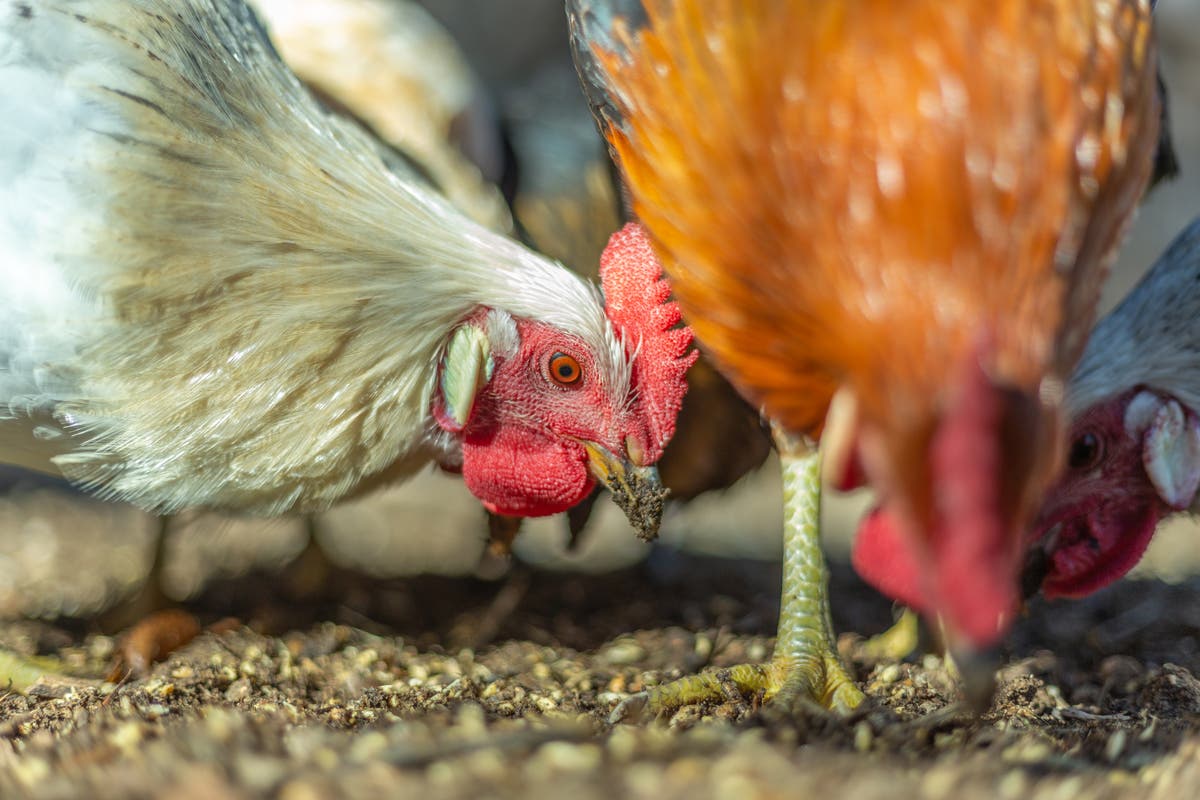As the number of human bird flu cases have continued to rise across the US, H5N1 infections have sparked near fears about the nation’s response and the possible threat of another pandemic. The virus is spread to humans via several pathways. On a farm, for example, workers can inhale infected particles, pick up germs from sick animals and other surfaces and then touch their faces and eyes, and drink raw milk from cows.
Those who have had no contact with infected poultry or other sources of contamination are thought to be at very low risk of infection . No infections have been reported from eating properly cooked poultry or poultry products or proper handling of poultry meat. The number of confirmed cases climbed to at least 53 this week, after new H5N1 infections were reported in California and Oregon.
The majority of those cases were in people who worked with or around infected animals. The continual spread of the virus, which has stricken 30 percent of the Golden State’s dairy herds, is sparking fears about the nation’s response and raising the possible threat of another pandemic. In 2009, H1N1 caused the first global flu pandemic in 40 years, with the first infections detected in California.
More than 12,000 people died around the US, and nearly 61,000 people were infected. The “pig flu” was constantly in headlines as communities tried to track the number of sick and dead from the contagious virus. Now, more than 15 years later, social media users have called on t.


















